Whenever you hear some analysts or companies talking about the next slogan of consumer electronics, you often hear the term IoT (Internet of Things).
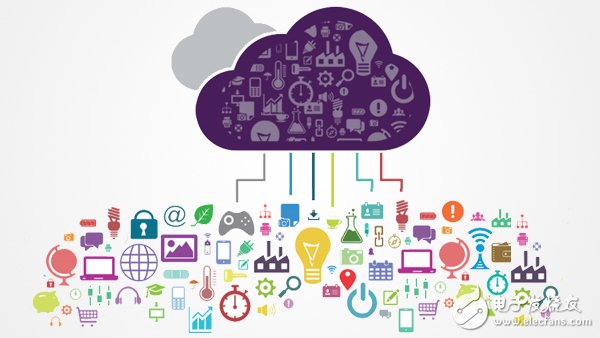
However, in fact, there is a lot of debate about how big the IoT (Internet of Things) market is: conservative estimates are that there will be about 6 billion IoT devices by 2020, and some more optimistic forecasts will reach 200 billion IoT devices. Obviously we can see that there is a huge gap between the two predictions; but I always believe that it all stems from the actual definition of IoT (Internet of Things).
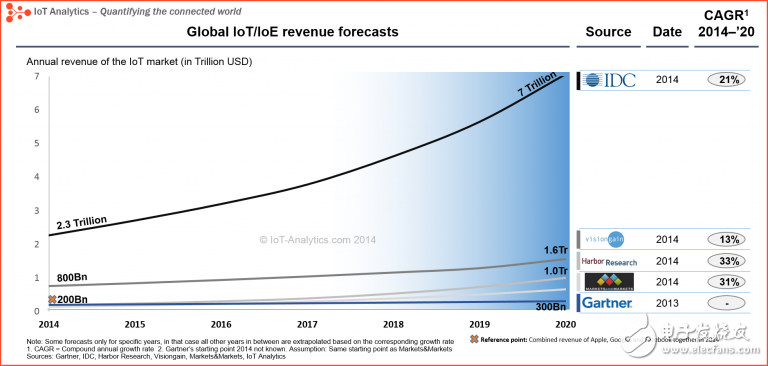
If we follow Wikipedia's explanation above, IoT (Internet of Things) stands for "a network of physical objects - devices, vehicles, buildings, and other items -- that integrates electronics, software, sensors, and network interconnects to make these objects Have the ability to collect and exchange data."
Here are some questions that make everyone confused. Are smartphones and desktop PCs also considered IoT (Internet of Things) devices? Some companies and analysts think so, but I think it's not appropriate.
If we attach IoT (Internet of Things) tags to any system and device connected to the Internet, such as a set-top box. Smartphones and PCs, then what we actually bring to the public is greater confusion. In addition, this definition is not entirely correct, because there will be many IoT devices that will not be connected to the Internet. These devices will become an ecosystem and be isolated from the open Internet. In an article titled "Smart Home? Or wait until they are less dependent on the Internet," Jared Newman from Fast Company gave a very good example of why some electronic devices should be kept away from the public Internet for a reason. For example, reliability is better and system security is improved.
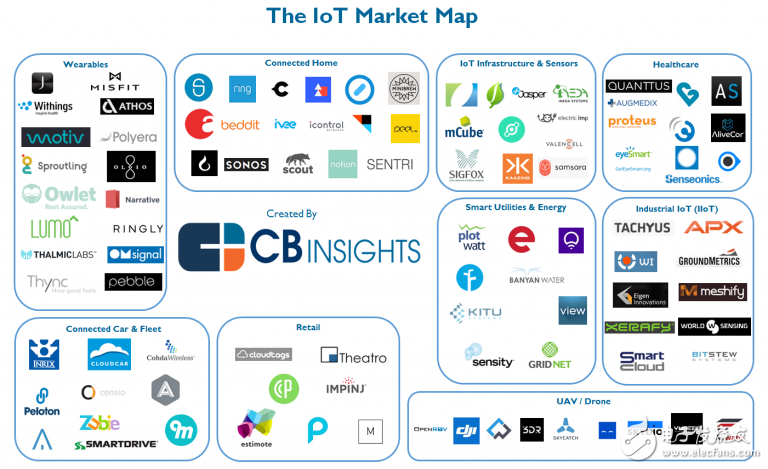
In order to solve the uncertainty caused by the excessive use of the IoT label, some companies such as Cisco and Qualcomm jointly launched a new term - "IoE Internet of Everything", hoping to provide a more inclusive definition.
In addition, they also think that IoT is just an idea, and IoE has a more positive impact on enterprises. In 2015, Joseph Bradly, Cisco's former IoE Vice President of Global Practices, talked about the difference between IoT and IoE:
“We think IoT is very important – connecting some 'invisible assets' – as discussed at the outset, but in order to get a certain value for the business, you actually need to think about how to make the data available and how Change the decision."
Instead of applying IoT and IoE tags to established markets (such as cell phones, home networking and car networking), I would like to apply them to new markets such as agriculture, energy, security and healthcare. Such an appointment or definition allows everyone to accurately estimate the true size and potential of the IoT market.
I also tend to use the phrase "interconnected devices" when referring to certain computer systems that integrate some form of interconnection. I believe this is a better way (and certainly more accurate) to define and measure the smart electronic devices that are being used around the world. An interconnected device can be a smartphone, a WiFi-enabled light bulb or thermostat, a large tablet, a small tablet, a desktop PC or laptop, any type of wearable device, a smart car, an interconnected microphone And other related equipment.
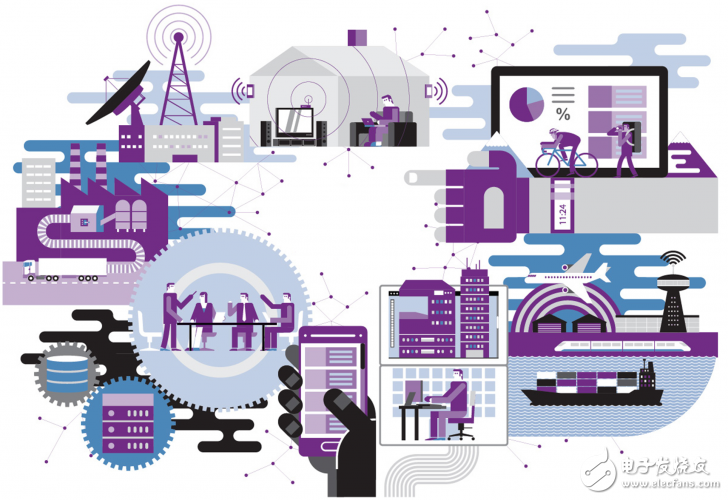
For some LAN processing and interconnection devices? of course! It is also considered an interconnected device.
In short, let me say that smart homes, mobile phones and wearables are IoT? My answer is no. You should think so. However, I feel that no matter what we call it, it is called IoT, IoE or connected devices. These markets are very good opportunities for semiconductor and consumer electronics manufacturers to improve people's quality of life and generate them globally. Positive effect.
If you want to know more about how ImaginaTIon technology views the IoT market, you can download the "White Paper" from our website.
For a complete overview of the range of connected devices and solutions offered by ImaginaTIon Technologies, check out my recently published "This Blog."
| About Bare Aluminium Wire |
Packaging Detailspackage can be made according to customers' requirements.
Bare aluminium
wire with high electrical resistivity, temperature coefficient of resistance is small, high operating temperature. good corrosion resistan
ce under high temperature, and particularly suitable for use in a gas containing sulfur and sulfides, low price, it is widely used in indus
trial electric furnace, household appliances, far infrared device ideal heating material.
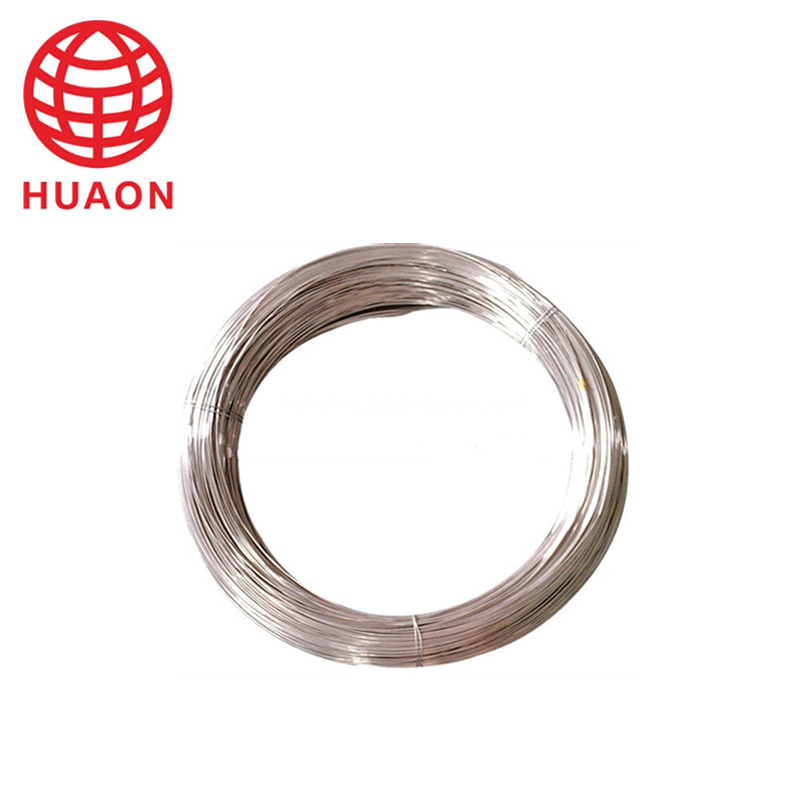
Good performance and processing may welding nature widely used metallurgical, electrical, mechanical components and electrical
Bare Aluminum Wire,Wire Bare Chromium Aluminum,Bare Chromium Aluminum Wire,Chromium Aluminum Wire
HENAN HUAYANG ELECTRICAL TECHNOLOGY GROUP CO.,LTD , https://www.huaonwire.com
